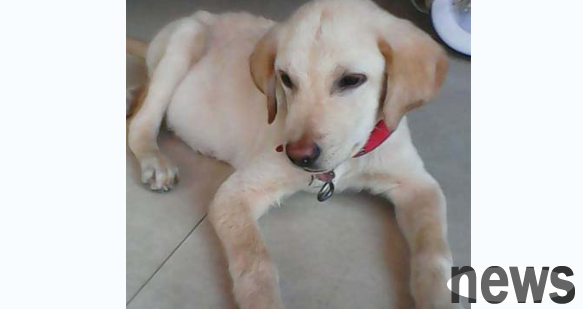Dog ascites, also known as hydrocele in dogs, is a chronic secondary disease, which is more common in elderly dogs and puppies. 1. Causes of ascites in dogs: 1. Exudate storage: During peritonitis, the exudate increases and the reabsorption capacity...
Dog ascites, also known as hydrocele in dogs, is a chronic secondary disease, which is more common in elderly dogs and puppies.

1. Causes of ascites in dogs:
1. Exudate storage: During peritonitis, the exudate increases and the reabsorption capacity of the peritoneum decreases.
2. Hypoproteinemia: Due to the lack of protein in the body, colloid permeation in the blood is reduced, nephropathy, protein leakage gastroenteritis, and osmotic pressure, causing a large amount of fluid to enter the abdominal cavity to form ascites.
3. Hepatic parenchymal disorders: such as cirrhosis, liver abscess, parenchymal hepatitis, tumors, portal vein embolism, etc., make it difficult to return blood and lymph fluid, and congestion in the portal vein, causing water to seep out from the blood vessel wall, causing ascites.
4. Pulmonary diseases: such as heart valve disease, chronic pericarditis, pericardial hydrocele, heartworm disease, chronic alveolar emphysema, tuberculosis, tumors, etc., which cause increased capillary pressure to increase tissue fluid, resulting in edema and ascites.
2. Clinical symptoms of dog ascites:
The diagnosis can be confirmed based on the results of visual diagnosis, palpation, percussion and examination of abdominal puncture fluid.
1. The affected dog showed a decrease in appetite, was messy with hair, was thin and had strong thirst, and generally had no obvious changes in body temperature.
2. The appearance of the abdomen changes significantly, the abdomen is obviously sagging, and the two sides are symmetrically swollen. The abdominal palpation is volatile and has a sound of water, and the back and ribs are obviously protruding, and they are sexually thin and unwilling to move.
3. If the ascites continue to increase, the abdomen will be barrel-shaped. Ascites presses on the diaphragm and lungs. Symptoms such as accelerated breathing or difficulty breathing, and hypoxia can be seen.
4. There is a lot of ascites during abdominal puncture. Generally, leaking liquid is common, the liquid is transparent or light yellow in color, the specific gravity is less than 1.015, and the protein content is less than 2.5%. The exudate is turbid, opaque, with a specific gravity above 1.018, and a protein content of more than 4%.

3. Prevention and treatment measures for dogs:
1. First, identify whether ascites are exudate or leaky fluid, find out the primary disease, and eliminate ascites.
2. To enhance the absorption and discharge of leaky liquid, cardiac diuretics can be used, digitalis tablets 0.01 mg/kg body weight, oral, 1 time/day. Frequenture injection 2-5 mg/kg body weight, 1-2 times/day.
3. When there is a lot of ascites, you can perform puncture and discharge fluid. Choose the lowest point of the abdominal wall, but do not add too much at a time to prevent exhaustion.
4. Intravenous infusion of 17 amino acids 22-250 ml, dextrose 20-300 ml, 10% vitamin C 0.5-4 ml, Coenzyme A, 50-300 units, 10-100 mg of adenosine triphosphate and intravenous infusion, 1 time per day.
5. Hormone therapy and vitamin Cure therapy have certain therapeutic effects on this disease.
6. Give dogs high-protein foods and restrict drinking water can relieve symptoms.